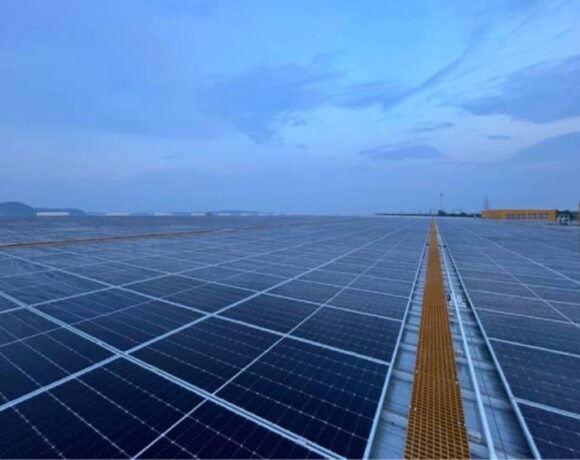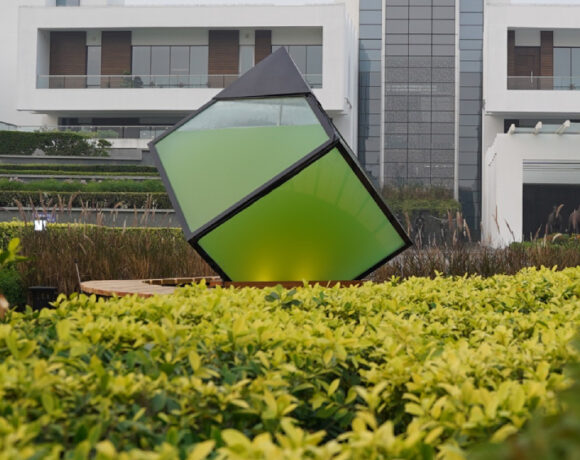Will Sustainability Be Able To Sustain Us?

“Do you mean we should stop production to eschew fast fashion and support sustainability through slow fashion? Then, how can we live until sustainable actions take shape?” A friend of mine who is also a spinner asked me.
I felt I was caught in a catch-22 situation. I advocate sustainability in textiles, but I also recognize that the fashion industry provides jobs and helps people survive. In India, for example, this sector provides direct employment to over 4.5 crore people and indirect employment to 10 crore people in allied industries!
“I have been pondering over a question for the past several days: In the name of sustainability, are we causing fear or are we worrying more than is necessary? Is the word sustainability just another buzzword to promote another business model,” my friend asked.
“You are right, sir!” I replied, “We have seen in our lives that many scientific inventions which were considered as disruptive technologies, were discarded due to their harmful effects on earth. You can take the example of CFC which was widely used in aerosol propellants and refrigerants and then banned due to its contribution towards the depletion of ozone layer. In our textiles, many synthetic dyes have been banned due to their toxic content.”
My friend replied, “Ok! Now, throw some light on the sustainable activities that we must do!”
I shared with him the information I had gathered recently from different sources. “For several years, we have been practicing business models that follow a linear pathway of “take, make, wear and throw.” And the fast fashion industries have tricks up their sleeves to persuade customers to buy clothes which are not actually needed by them. So, we need a change for sure, but without any pain like how we forewent many gadgets like LP records, tapes and photo films some years back”.
The first phase: Change in raw materials
“So, in conclusion, let us first consider using sustainable raw materials in small quantities and progressively scaling up their use,” I concluded.
“Which kind of raw material do you have in your mind?” he asked curiously.
“Organic cotton”, I replied. “We all know the benefits of organic cotton. But do you know the “downside” of this ethical and eco-friendly process? Organic cotton also means premium price! Now, tell me, how to sell these highly priced products like normal cotton?”
“In my opinion, the present price increase is to give incentives to the farmers to lure them into doing organic farming. At present, though the yields are lower, still the average profit margins are higher (between 4% and 30%, according to a recent field trial in India) because the farming and production costs are far lower than regular cotton. During my field visits last year, I got a surprising information from one of the organic cotton farmers that from around sixth year, the yield of organic cotton is matching with that of normal cotton. Regarding premium prices, we can draw the parallel between compact yarns and organic cotton. The compact yarns are not enjoying the same premium as they enjoyed some years ago. The premium prices have decreased as the population of compact system increased.”
My reply seemed to be convincing to him.
“Do you have any data regarding the increased use of organic cotton?”, he asked.
“Yes, the use of organic cotton has increased in recent years. According to the Organic Trade Association’s 2022 Organic Industry Survey, sales of organic fibre products increased by 10% over the previous year and continue to increase every year. Furthermore, the global production of organic cotton has also increased in recent years. According to Textile Exchange, global production of organic cotton grew by 56% from 2018.
“Many studies reveal that after the Covid-19 pandemic, the awareness about health among people has increased. So, organic cotton being hypoallergenic as no chemical is used in its manufacturing, customers are resorting to organic products, especially for kids clothing. Many brands have started promoting it. I am certain that the earth, the workers, and your skin will thank you for your efforts in a big way.”
“Interesting! Any other fibre…?” he asked.
“Flax (linen) and hemp!”, I replied.
“Hemp! The scratchy, ugly, brown fabric?” he pursed his mouth to express his sarcasm.
“Sir, I too had the same experience 10 years before when we attempted to process flax fibres. At that time, those fibres were like sticks and had lots of dust. The entire card room would be fogged with its dust when one single card was running for flax! But those days are gone. With latest technology, flax and hemp fibres have been cottonised, meaning, they are like cotton fibres. You won’t believe if I say that nowadays up to 60 % of flax can be mixed with cotton. Hemp and flax fibres are more sustainable as they grow naturally, without chemicals and don’t need more water than rain can provide. When compared to cotton, linen needs 60% less water to grow. Both fibres are comfortable, hypoallergenic, breathable, provide protection from UV rays and absorb moisture.”
Saying this, I bid goodbye to my friend.
(Murugan Santhanam is the Managing Director of Texdoc Online Solution Pvt. Ltd.)














